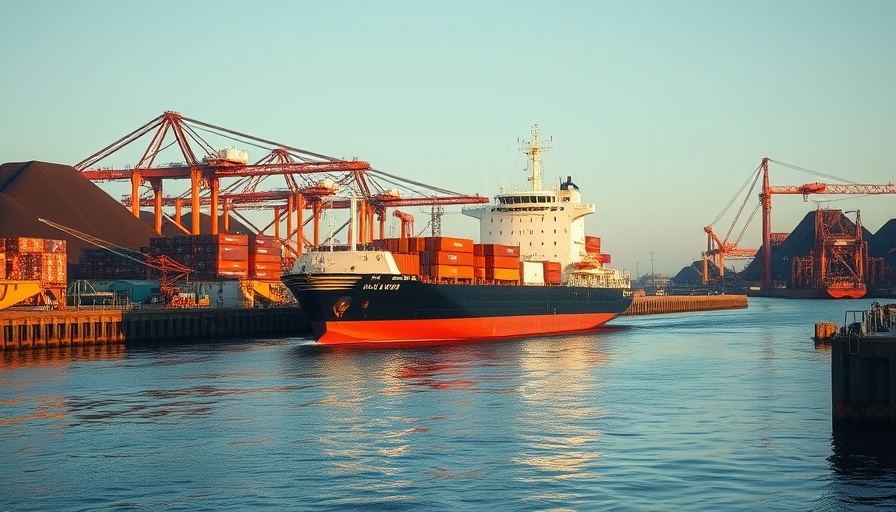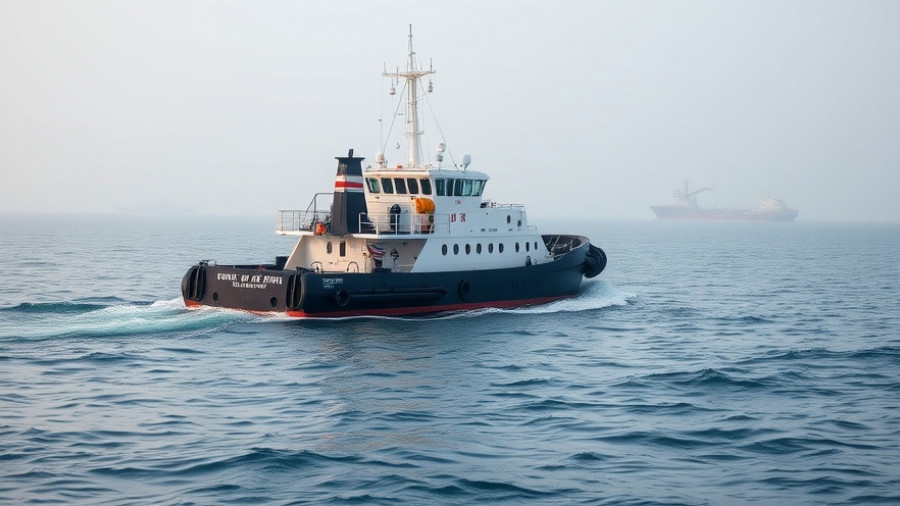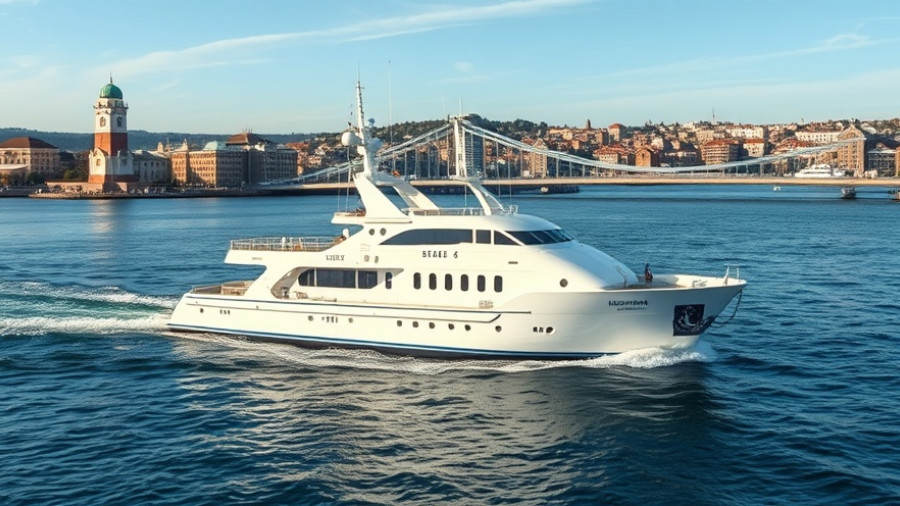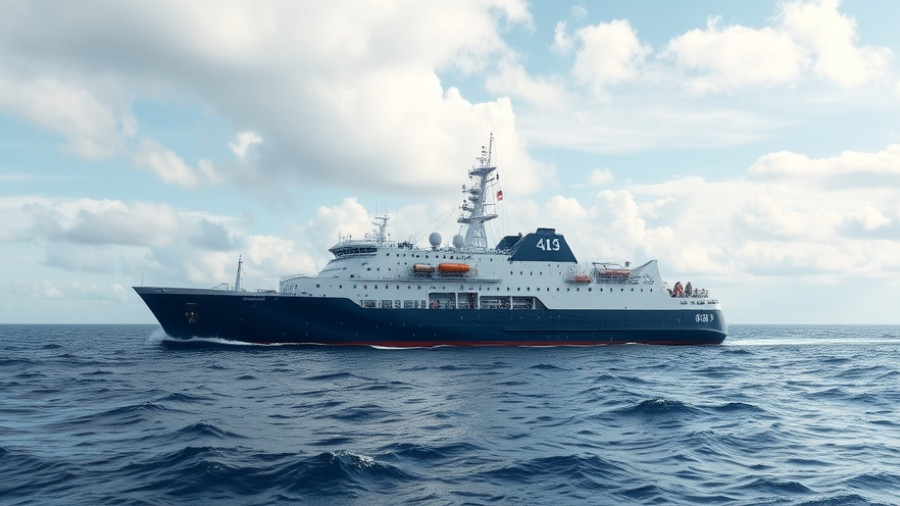
Iron Ore Trade Dips: What It Means for the Great Lakes Economy
In June 2025, the Great Lakes iron ore trade experienced a notable decrease, with shipments totaling 4.9 million tons—a decline of 9.6% compared to the previous year. This reduction is part of an ongoing trend, as year-to-date figures show total shipments at 16.6 million tons, reflecting a staggering 16.1% drop from the previous year. The numbers are concerning, especially when considering that shipments also fell 1.2% below the five-year monthly average.
The Importance of Iron Ore in America’s Industry
Iron ore is essential for various industries integral to the U.S. economy. Since 1880, Lake Carriers’ Association has played a crucial role in representing the U.S.-flagged Great Lakes fleet, which has a staggering capacity of transporting over 90 million tons annually. The decline in iron ore shipments could signify broader issues within the industrial sector, particularly concerning infrastructure and energy production, which rely heavily on this raw material.
What Caused the Decline in Iron Ore Shipments?
Several factors contribute to this downturn, including geopolitical tensions, supply chain disruptions, and potential shifts in demand. For instance, global economic events can significantly influence iron ore prices and availability. A weakening focus on steel production due to environmental considerations and changes in industrial output may be at play as well. The competition from other materials and the push for sustainability are reshaping the market landscape.
Comparative Analysis: Iron Ore Trade Performance Over the Years
To better understand the current state of iron ore shipments, it’s valuable to look at historical trends. Over the past decade, the Great Lakes have seen fluctuations in tonnage tied closely to domestic and global demand for steel. A decline in shipments is not unprecedented; however, the current figures indicate a sharper decline than usual, suggesting an underlying vulnerability in the market.
Environmental Impact and Future Potential
As industries face increasing scrutiny regarding their environmental impact, the iron ore sector is undergoing a transformation. The future could see a significant shift towards sustainable practices, and those industries that adapt will likely survive the current turmoil. Additionally, advances in technology and cleaner extraction methods could pave the way for a rebound in iron ore trade.
Conclusion: Navigating the Path Forward
The decrease in iron ore shipments in the Great Lakes is more than just a number; it’s a reflection of changing times in industry and market dynamics. Participants in the shipping and iron ore sectors must remain vigilant and adaptable to navigate these uncertain conditions. Knowing the figures and trends can empower stakeholders to make informed decisions and potentially pivot strategies to secure their footing in the market.
It's crucial for those involved in the Great Lakes trade to stay updated on these trends and to explore actionable insights that could bolster the industry's resilience against future downturns. The implications of this dip extend beyond mere statistics—they impact workers, companies, and the overall economic health of the region. Adapting to these changes today could be the key to thriving in a future where sustainability and efficiency drive success.
 Add Row
Add Row  Add
Add 




Write A Comment